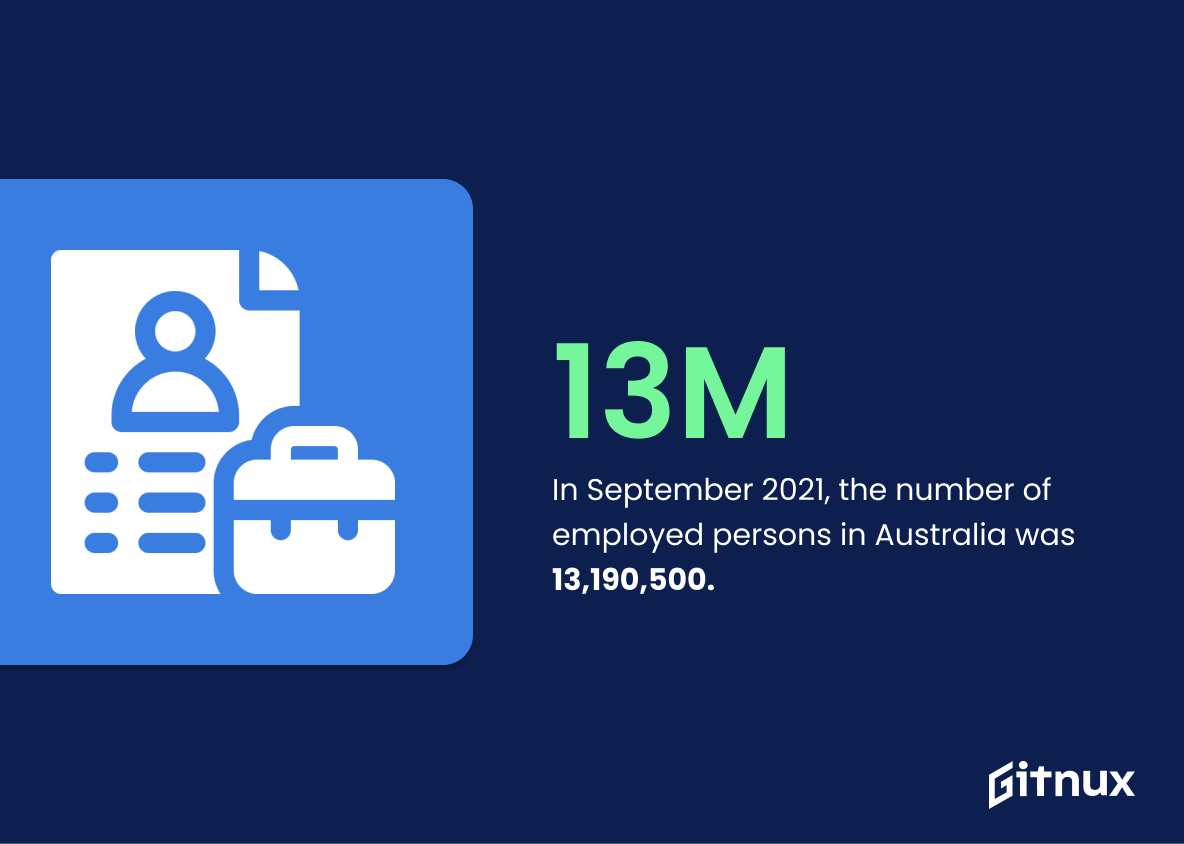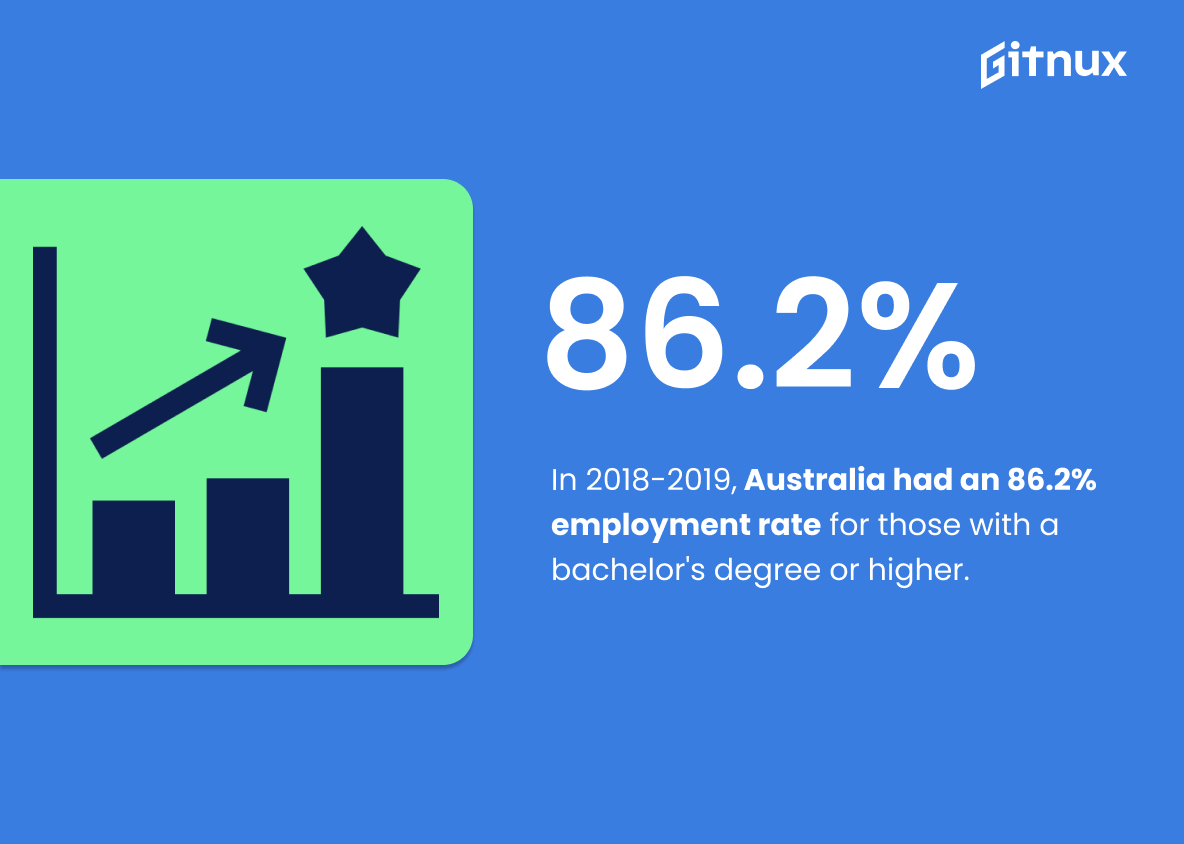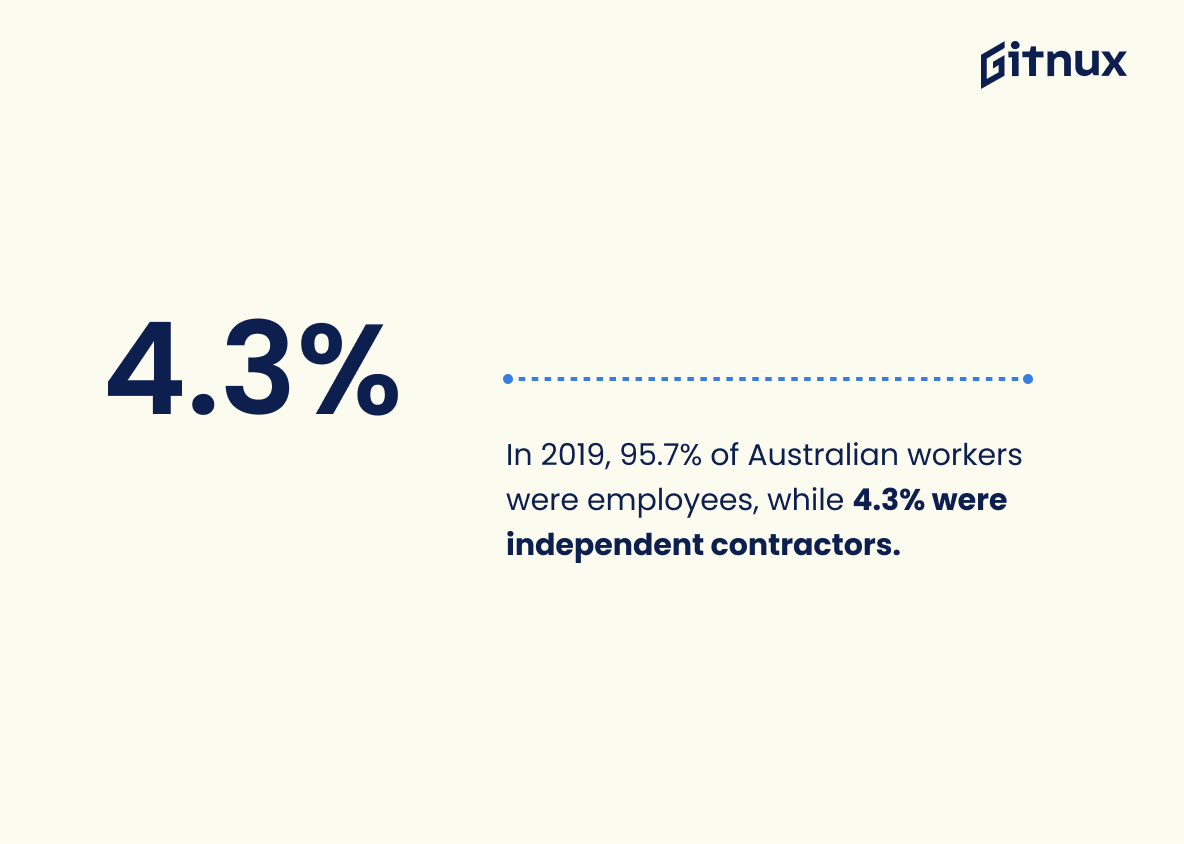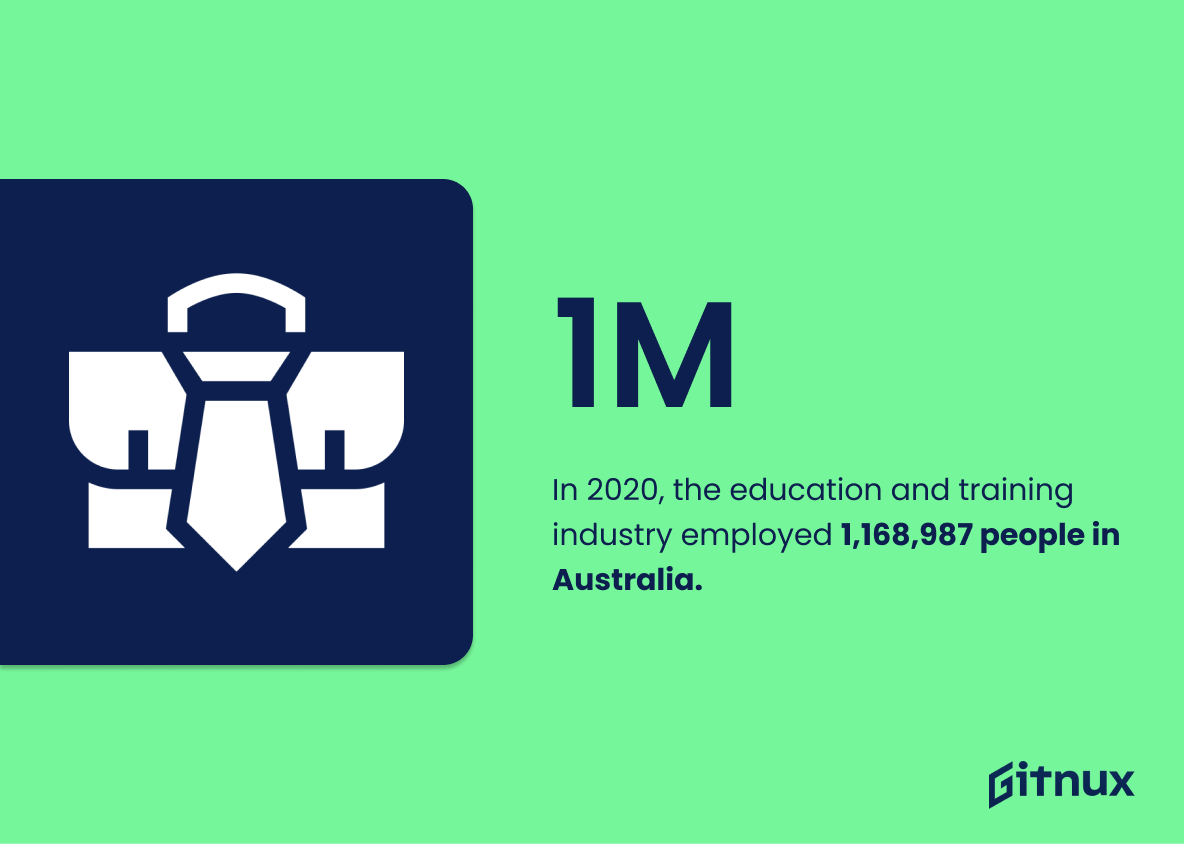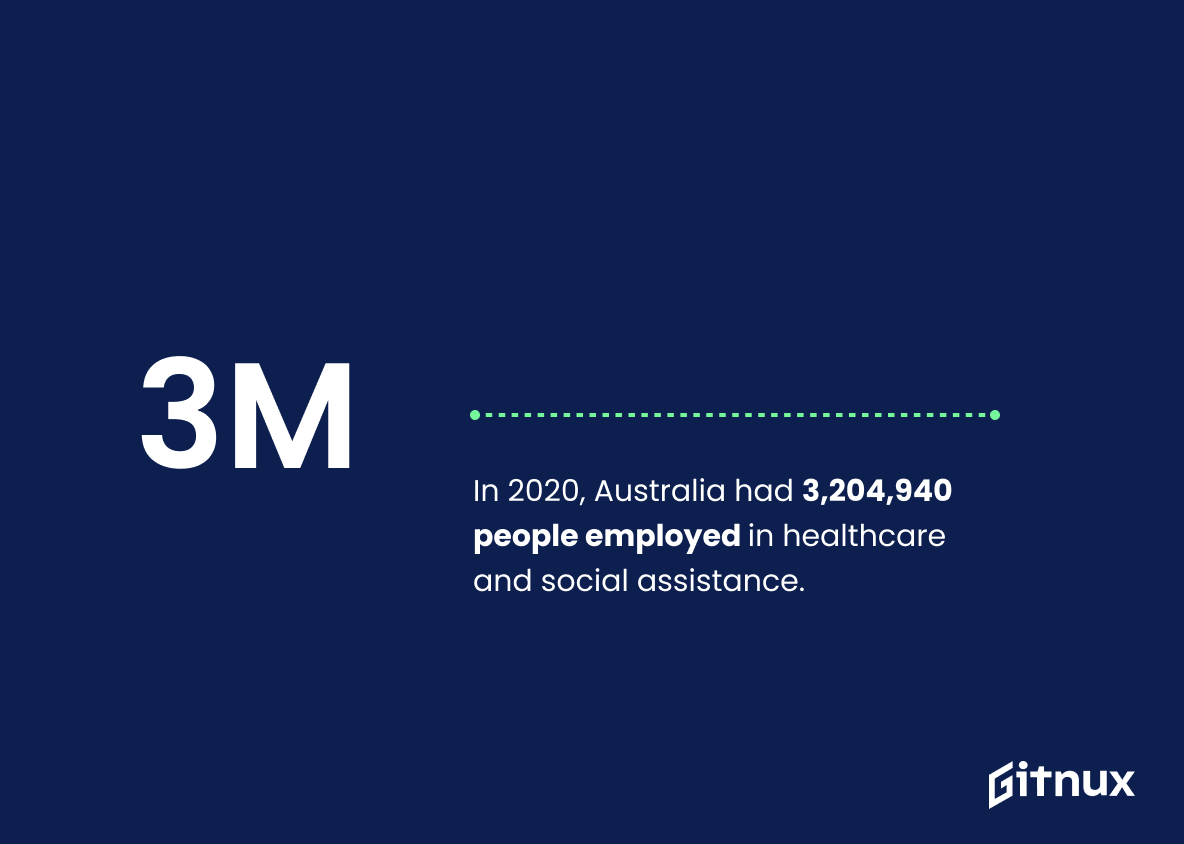Welcome to our blog post about Australian Labour Market Statistics. In this article, we will be exploring the latest data on employment and unemployment in Australia. We’ll look at statistics such as the labor force participation rate, number of employed persons, underemployment rate, average weekly earnings for full-time adult employees and more. So let’s dive into it.
Australian Labour Market Statistics Overview
In September 2021, the number of employed persons in Australia was 13,190,500.
The statistic that ‘In September 2021, the number of employed persons in Australia was 13,190,500’ is a crucial indicator of the state of the Australian labour market. It provides a snapshot of the number of people who are actively employed and contributing to the economy. This statistic is important to consider when discussing the overall health of the labour market, as it can provide insight into the current job market conditions and the availability of jobs. Additionally, this statistic can be used to compare the current labour market to previous months or years, allowing for a better understanding of the trends in the labour market.
As of September 2021, the number of unemployed persons in Australia was 641,300.
This statistic is a stark reminder of the impact of the pandemic on the Australian labour market. It highlights the fact that, despite the gradual easing of restrictions, the number of unemployed persons in Australia remains high. This statistic serves as a reminder of the need for continued government support and intervention to help those affected by the pandemic.
In September 2021, there were 4,056,500 part-time workers in the Australian labor market.
The fact that there were 4,056,500 part-time workers in the Australian labor market in September 2021 is a telling statistic that speaks volumes about the current state of the Australian labour market. It highlights the prevalence of part-time work in the country, and the need for more full-time employment opportunities. This statistic is an important indicator of the overall health of the labour market, and can be used to inform policy decisions and economic strategies.
The underemployment rate in Australia was 7.9% in September 2021.
The underemployment rate in Australia being 7.9% in September 2021 is a telling statistic when it comes to the Australian Labour Market. It speaks to the reality that, despite the overall employment rate being relatively healthy, there are still a significant number of people who are not able to find the hours of work they need to make ends meet. This statistic is a reminder that, while the labour market may be improving, there is still a long way to go before everyone is able to find the work they need.
Approximately 38% of Australian workers were employed in industries dominated by part-time and casual work as of May 2021.
This statistic is a stark reminder of the prevalence of part-time and casual work in Australia. It highlights the fact that a significant portion of the workforce is employed in industries where job security and stability are not guaranteed. This has implications for the overall health of the labour market, as it means that many workers are unable to access the benefits and protections that come with full-time employment. It also has implications for the economy, as it means that many workers are unable to contribute to economic growth and development.
In 2018-2019, the Australian employment rate for people with a bachelor’s degree or higher was 86.2%.
The statistic that ‘In 2018-2019, the Australian employment rate for people with a bachelor’s degree or higher was 86.2%’ is a telling indication of the strength of the Australian labour market. It shows that those with higher educational qualifications are more likely to be employed, suggesting that the labour market is providing ample opportunities for those with the right qualifications. This is a positive sign for the Australian economy and a testament to the quality of the labour market.
As of June 2021, the average weekly earnings for Australian full-time adult employees were AUD 1,744.
The average weekly earnings for Australian full-time adult employees being AUD 1,744 is a telling statistic when it comes to the Australian labour market. It provides a snapshot of the financial wellbeing of the nation’s workforce, and can be used to measure the overall health of the economy. This figure is a valuable indicator of the current state of the labour market, and can be used to inform decisions about wages, employment, and other economic policies.
In 2019, 95.7% of Australian workers were employees, while 4.3% were independent contractors.
This statistic is a telling indication of the current state of the Australian labour market. It highlights the fact that the majority of workers in Australia are employed as employees, while a small minority are independent contractors. This is important to consider when discussing the labour market, as it provides insight into the types of employment opportunities available to Australians. Additionally, it can be used to inform policy decisions and help to ensure that the labour market is fair and equitable for all.
In 2020, the labor force aged 45 and above constituted 38.9% of the total labor force in Australia.
This statistic is a telling indication of the importance of the older labor force in Australia. It highlights the fact that a significant portion of the labor force is made up of individuals aged 45 and above, demonstrating the value of their experience and expertise in the Australian labor market. This is especially pertinent in the current climate, where the labor market is facing unprecedented challenges due to the COVID-19 pandemic. The importance of the older labor force in Australia is further emphasized by this statistic, making it an essential piece of information for any blog post about Australian Labour Market Statistics.
In 2020, the professional, scientific and technical services industry employed 1,119,012 people in Australia.
This statistic is a telling indication of the importance of the professional, scientific and technical services industry in Australia. It highlights the sheer number of people employed in this sector, demonstrating its significance to the Australian labour market. This statistic is a powerful reminder of the impact this industry has on the economy and the livelihoods of many Australians.
In 2020, the education and training industry employed 1,168,987 people in Australia.
This statistic is a powerful indicator of the importance of the education and training industry in Australia’s labour market. It highlights the sheer number of people employed in this sector, demonstrating the significant contribution it makes to the economy. It also serves as a reminder of the importance of investing in education and training, as it is a key driver of economic growth and job creation.
In the decade between 2010 and 2020, the construction industry in Australia gained 194,500 jobs.
This statistic is a testament to the strength of the Australian construction industry over the past decade. It highlights the industry’s ability to create jobs and provide employment opportunities for Australians. This is especially important in the current economic climate, as it shows that the industry is still a viable source of employment and can help to stimulate the economy. Furthermore, it demonstrates the industry’s resilience in the face of economic downturns, as it has been able to maintain its growth despite the challenges posed by the global pandemic. This statistic is a positive sign for the future of the Australian labour market.
In 2020, 3,204,940 persons were employed in the health care and social assistance industry in Australia.
This statistic is a telling indication of the importance of the health care and social assistance industry in Australia. It highlights the sheer number of people employed in this sector, demonstrating the significant contribution it makes to the Australian labour market. This statistic is a powerful reminder of the vital role the health care and social assistance industry plays in the lives of Australians.
In 2020, the Australian retail trade sector employed 1,176,944 people.
This statistic is a powerful indicator of the importance of the retail trade sector in the Australian labour market. It highlights the sheer number of people employed in the sector, demonstrating the significant contribution it makes to the economy. It also serves as a reminder of the impact that changes in the sector can have on the lives of so many Australians.
In the five years to 2025, the Australian labor market is projected to grow by 5.5% overall, with the health care and social assistance sector expected to create the most new jobs.
This statistic is a crucial indicator of the future of the Australian labour market, providing insight into the industries that are likely to experience the most growth and job creation in the coming years. It is especially pertinent for those looking to enter the job market, as it provides an indication of which sectors are likely to offer the most opportunities. Furthermore, it is an important piece of information for policy makers, as it can help inform decisions about where to focus resources and investment.
In 2020, approximately 659,000 international students were enrolled in Australian educational institutions, with international education being the fourth-largest export industry for Australia.
This statistic is a testament to the importance of international education to the Australian economy. It highlights the fact that international students are a major contributor to the country’s export industry, and that the industry is thriving despite the current economic climate. This is a positive sign for the Australian labour market, as it suggests that the country is able to attract and retain a large number of international students, which in turn helps to create jobs and stimulate economic growth.
As of August 2021, the Australian youth unemployment rate (persons aged 15-24) was 10.5%.
The Australian youth unemployment rate of 10.5% in August 2021 is a stark reminder of the challenges faced by young people in the labour market. This statistic highlights the need for more job opportunities and better support for young people in the workforce. It also serves as a reminder of the importance of investing in education and training to ensure young people have the skills and qualifications they need to succeed in the job market.
In 2019, the median income of all workers in Australia was AUD 49,218 per annum.
This statistic is a telling indication of the state of the Australian labour market. It provides a snapshot of the average income of all workers in the country, and can be used to gauge the overall financial wellbeing of the nation’s workforce. It is also a useful tool for understanding the distribution of wealth in Australia, and can be used to identify any disparities between different groups of workers. As such, this statistic is an invaluable resource for anyone looking to gain a better understanding of the Australian labour market.
Conclusion
The Australian labour market is a dynamic and diverse sector, with the latest statistics showing that in September 2021, the labor force participation rate was 66.0%, unemployment rate 4.6%, number of employed persons 13,190,500 and 641,300 unemployed persons respectively. Additionally there were 4,056,500 part-time workers in Australia at this time as well as 7.9% underemployment rate; 38% of all employees worked in industries dominated by part-time or casual work; 86.2% employment rates for those with bachelor’s degrees or higher; AUD 1,744 average weekly earnings for full-time adult employees; 95.7% employee to independent contractor ratio; 38.9 % labor force aged 45+ years old ;1 ,119 ,012 people employed within professional scientific & technical services industry ; 1 168 987 people employed within education & training industry ; 194 500 jobs gained from construction industry between 2010 – 2020 ; 3 204 940 people working within health care & social assistance sector and finally 1 176 944 retail trade sector employments . Furthermore it has been projected that 5 .5 % growth will be seen overall across the next five years up until 2025 where health care & social assistance are expected to create most new job opportunities whilst international students enrolled into educational institutions have also contributed significantly towards export revenue making international education fourth largest export industry for Australia . Despite these positive figures youth unemployment still remains an issue standing at 10 .5 % while median income stands at 49 218 per annum
References
0. – https://www.ncver.edu.au
1. – https://www.aigroup.com.au
2. – https://www.internationaleducation.gov.au
3. – https://www.abs.gov.au
